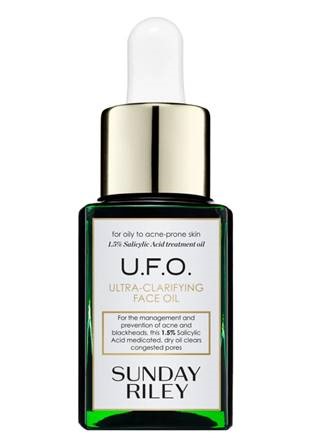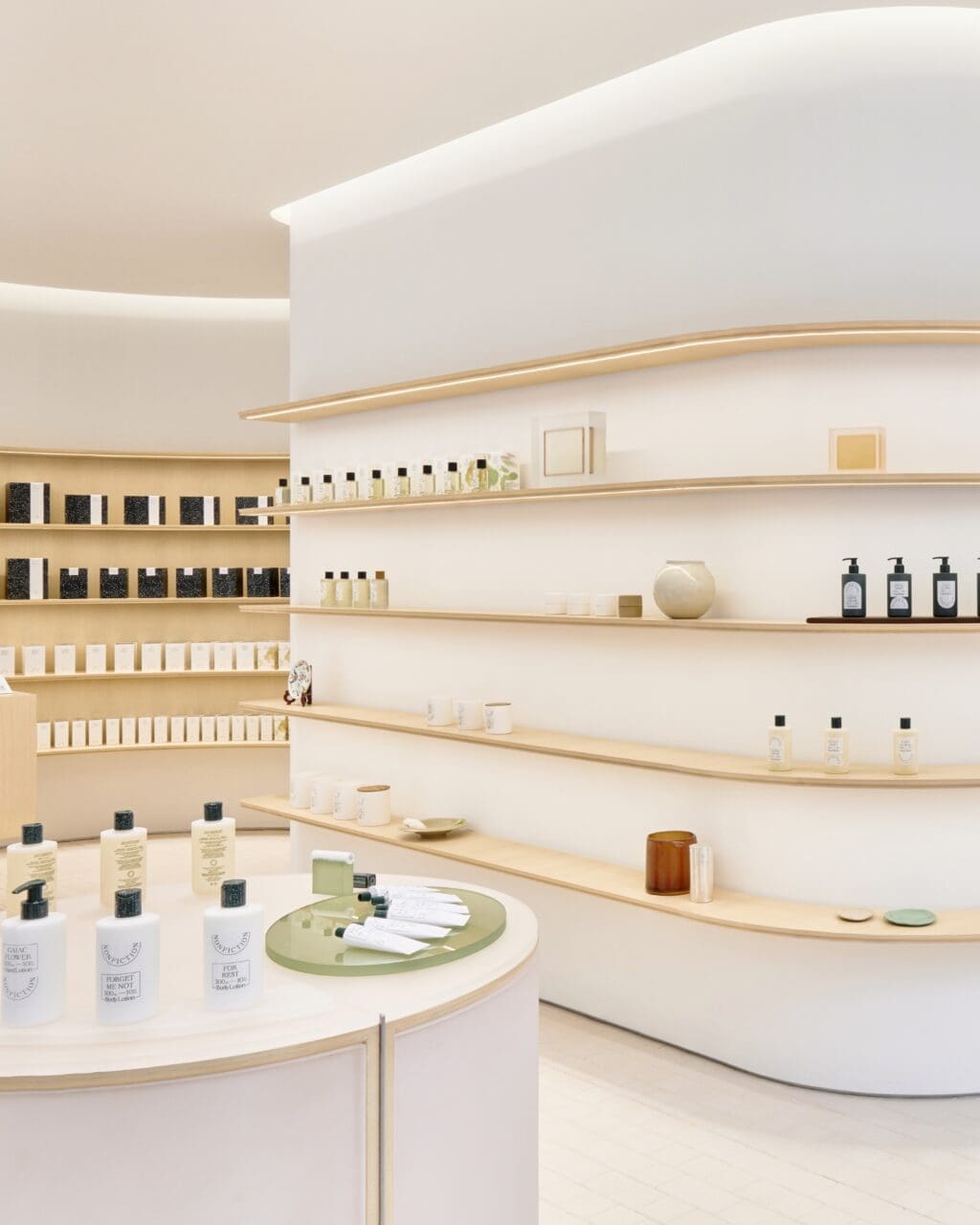Face masks are now a ubiquitous part of our daily lives, worn to prevent the spread of Covid-19. But as we dive into the depths of summer and the humidity rises, the design that protects us from airborne threats also stops skin from getting the breathing room it needs. With the same air being breathed in and out with no opportunity to escape, masks create a humid environment that causes the skin to produce more oils, which in turn causes breakouts, irritations and redness. To keep your skin healthy during this global pandemic, we asked the Director of Wellness at Rosewood’s Asaya for her tips.
What are the best masks to wear?
Cloth — it’s more breathable and more eco-conscious because you can wash and reuse. That’s why most clothing is made from cotton, so that it doesn’t irritate the skin.
How do I prevent breakouts while wearing a mask?
Depending how your skin is reacting, I am always a big believer in prevention, or at least taking measures that reduce my risk for a breakout. You really need to get to know your skin and pay attention to how it reacts to different situations be it pollution, food, products and general care. Preventing breakouts will require some extra cleansing, exfoliation and awareness of the state of your skin. For oily skin, you should look into using a gel cleanser (they tend to break down oils better which gives a deeper cleanse) and adding a glycolic or lactic acid mask to ensure you are keeping the surface as clean and balanced as possible. If you have dry skin, you may notice some congestion or irritation where your mask sits, it is important to use products high in hyaluronic acid or squalene to keep you hydrated to prevent the mask from irritating the skin. Most important is to cleanse your skin with a good cleanser, even if you have the best day or night cream, if you apply it to dirty skin it won’t be able to work its magic. I encourage a double cleanse at night and cleanse again in the morning.
What should I do if I have a breakout?
Once a breakout is in motion all you can do is ensure you are using corrective products. Things with salicylic acid treat breakouts and help to clear them quicker. Ensure you are changing your mask often, and when it’s possible give your skin a “breathing” break. Make sure you are following a daily routine of cleansing, applying treatment products and being mindful to keep your skin comfortable under that mask. Imagine if you had to sit in a sauna all day, your skin would need a break.
Can I wear makeup?
If you feel that you have a good routine down with your skin cleansing and care, you can certainly wear makeup, however this does add to the extra risk, for your skin to be smothered during the times you are wearing your mask. If you can, forego the makeup around the mouth area where your mask sits. During this time it is more important to ensure you are trying to have some balance for your skin to be exposed to fresh air whilst still protecting your health.
What are the best products for dealing with spots?
The best spot treatments always include sulphur. Although it doesn’t have the best smell, it certainly works. As mentioned, the common theme here is to ensure you have clean skin, using a good cleanser that properly removes makeup, excess oils and build up of the external environment on the skin. I recommend using the spot treatment at night. Your body does most of its recovery work while you sleep so it’s important to properly clean the skin then apply the spot treatment – sleep with it on if you can. When you wake up, cleanse again and make sure you are using a product with the key ingredients listed above, hyaluronic acid, and either a Vitamin C, Lactic or Glycolic acid.
Do you have have a home facial remedy that works?
There are some options you can use to create an “at home” facial or remedy. For a spot treatment you can use toothpaste. In the same way I noted above, you cleanse your skin and apply the toothpaste on the spots, this helps to soak up and dry out the blemish. Another at-home remedy you can use is yogurt, this helps to calm the skin (reduce redness) as well as provide a very mild exfoliation with the natural lactic acid in the yogurt. I always recommend trying a spot test first to ensure you don’t have a reaction. Of course when we use home remedies we do need to adjust our expectations, as they don’t always work as fast or efficiently as the products specifically developed for skin care but if you keep at it they will help to improve your skin. Consistency is key – when you are consistent with your skincare routine you can rely on results, if you are not consistent you can rely on nothing improving. I always recommend trying a new regime for at least two months to decide if it is actually working for you.
See below a round-up of the best products to alleviate the skin, found at Asaya Atelier.
Editor
Emma RussellCredit
Lead image: Vanni Bassetti from Getty Images









